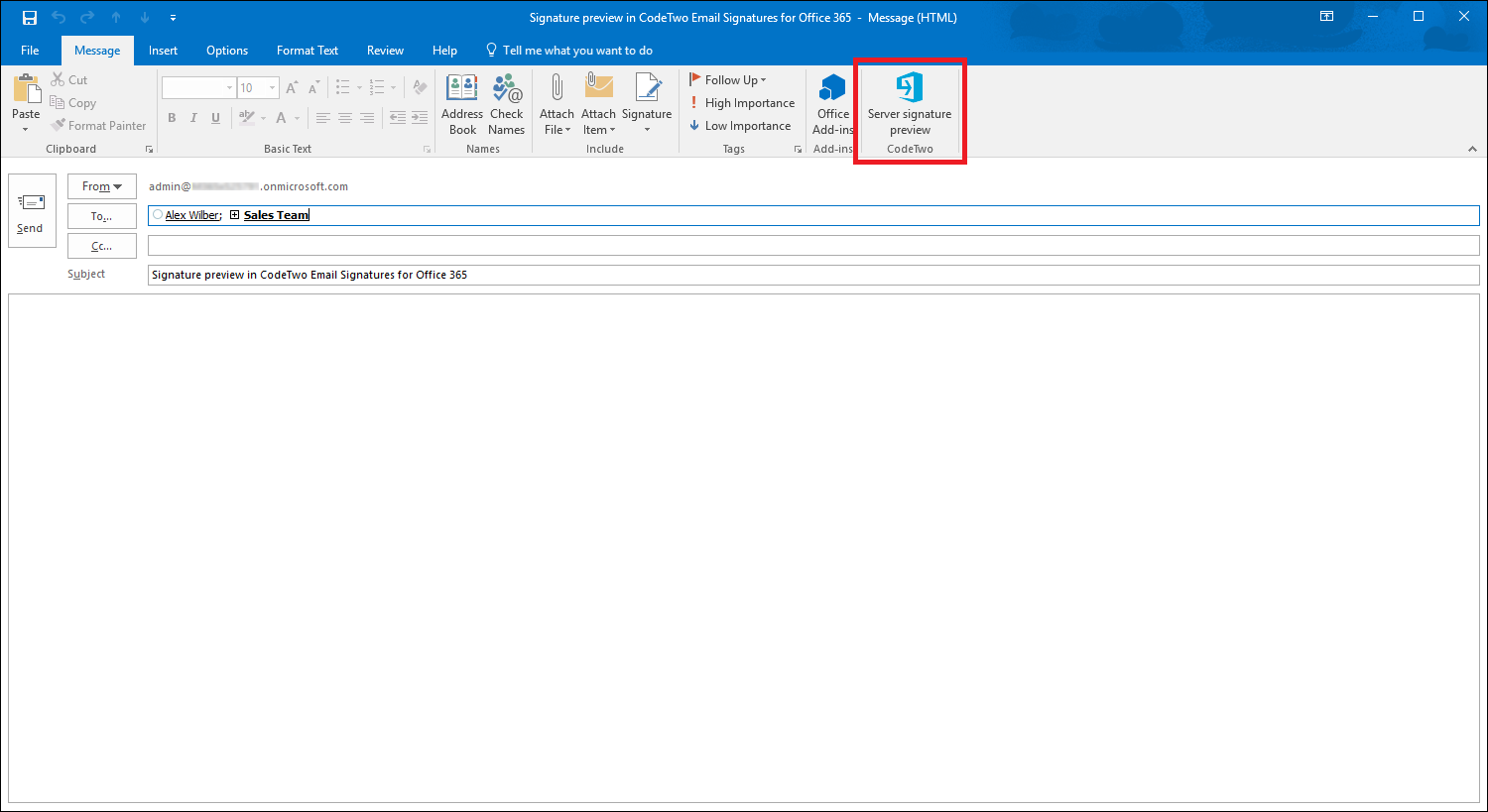

You should see a notification at the top of the message that reads: Please set your signature with the PnP sample add-in.Ĭhoose Set signatures. Open Outlook on Windows, on Mac, or in a browser. Once the add-in is loaded use the following steps to try out the functionality.
#Outlook for mac signature settings manual
Sideload the add-in manifest in Outlook on the web, on Windows, or on Mac by following the manual instructions in the article Sideload Outlook add-ins for testing.
#Outlook for mac signature settings download


The add-in web files are served from this repo on GitHub. You can run this sample in Outlook on Windows, on Mac (new UI in preview), or in a browser. If the user chooses to set a signature, the add-in opens the task pane for the user to continue setting their signature. When the user sends a new email message, or creates a new appointment, the add-in displays an information bar prompting the user to create a signature. In this scenario, the add-in helps the user manage their email signature, even when the task pane is not open. Use Outlook event-based activation to set the signature Note: If you do not have a Microsoft 365 subscription, you can get one for development purposes by signing up for the Microsoft 365 developer program. Set a signature for Outlook to use in messages and appointments.Use event-based activation to respond to events when the task pane is not open.If no signature is set, the add-in prompts the user to set a signature, and can then open the task pane for the user.įor documentation related to this sample, see Configure your Outlook add-in for event-based activation. The add-in can respond to events, even when the task pane is not open. This sample uses event-based activation to run an Outlook add-in when the user creates a new message or appointment. Applies to: Outlook on Windows | Outlook on the web | Outlook on Mac (new UI preview) Summary


 0 kommentar(er)
0 kommentar(er)
